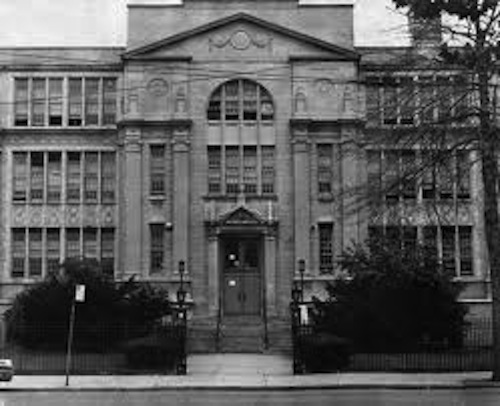Tilden High School. Brooklyn Eagle file photo
Sometimes the past overtakes us.
“For some reason, I don’t know why, I decided to see what happened to the high school in Brooklyn that I attended,” said Arthur Solomon, a Tilden High School graduate who later wrote for the Brooklyn Eagle.
He was a senior VP/senior counselor at Burson-Marsteller and was responsible for restructuring, managing and playing key roles in some of the most significant national and international sports and non-sports programs.
But for this day, Arthur Solomon is mainly a proud graduate of Samuel J. Tilden High School. A graduate, let us say, in the mid-20th century.
And he shows it.
“I just thought some of the material might be worthwhile for Brooklyn Eagle readers,” he said.
The school located on 5800 Tilden Ave., opened Feb. 3, 1930. It cost $2.5 million to construct; and it was built to serve 3,969 students.
By the 1940s, Tilden High School, initially criticized for its difficult-to-reach location, was overcrowded. At one point, 5,700 students attended. In order to limit the crowding, S.J. Tilden administrators split the school day offering one session from 7;50 a.m. to 1:04 p.m and another from 1:11 p.m. to 5:45 p.m.
And in 1942, Samuel J. Tilden High School was the first Brooklyn High School to hold a mass blood drive.
The racial tensions that swept the nation during the 1960s and 1970s were felt at Samuel J. Tilden as well. The school’s Black population was growing. The school’s demographics were changing; Tilden High School was becoming more diverse. In 1962, of the 5,000 students that attended Tilden High School, 97.9% were Jewish and Italian. By 1971, of the 3,000 students at Tilden, 63.4% were “others,” then the Board of Education’s term for non-Blacks and non-Puerto Ricans. Changing demographics and under-enrollment set the stage for controversy around rezoning and plans for Samuel J. Tilden High School.
Tensions came to a head during the March 1972…
Read the full article here

Leave a Reply